Casio G-Shock
The Duality of G-SHOCK Design in Casio’s Latest MTG-B3000
Casio G-Shock
The Duality of G-SHOCK Design in Casio’s Latest MTG-B3000
Take the Casio G-SHOCK, for example. The nostalgia that people feel toward what is probably the toughest watch in the world, is not for its handmade, hand-finished virtues — for it has none of those — but for its wearable, everyday, made-for-the-everyman qualities. Many collectors and enthusiasts who in their adulthood, are now able to afford whatever watch suits their fancy, often think back fondly to the times of their youth, when their first introduction to the world of watches was probably the ownership of a G-SHOCK (this writer included). This is probably the reason why the two most innovative G-SHOCK product families (MR-G and MT-G), from an engineering and artistic design standpoint, are incredibly successful for Casio despite the four-figure retail prices they command. Sure, G-SHOCKs at the lower end of the price range remain hugely popular amongst consumers (military personnel come to mind) who routinely use them for their intended purpose, but these G-SHOCKs are for the fans who are passionate about the watch brand of their youth and the ethos it represents.
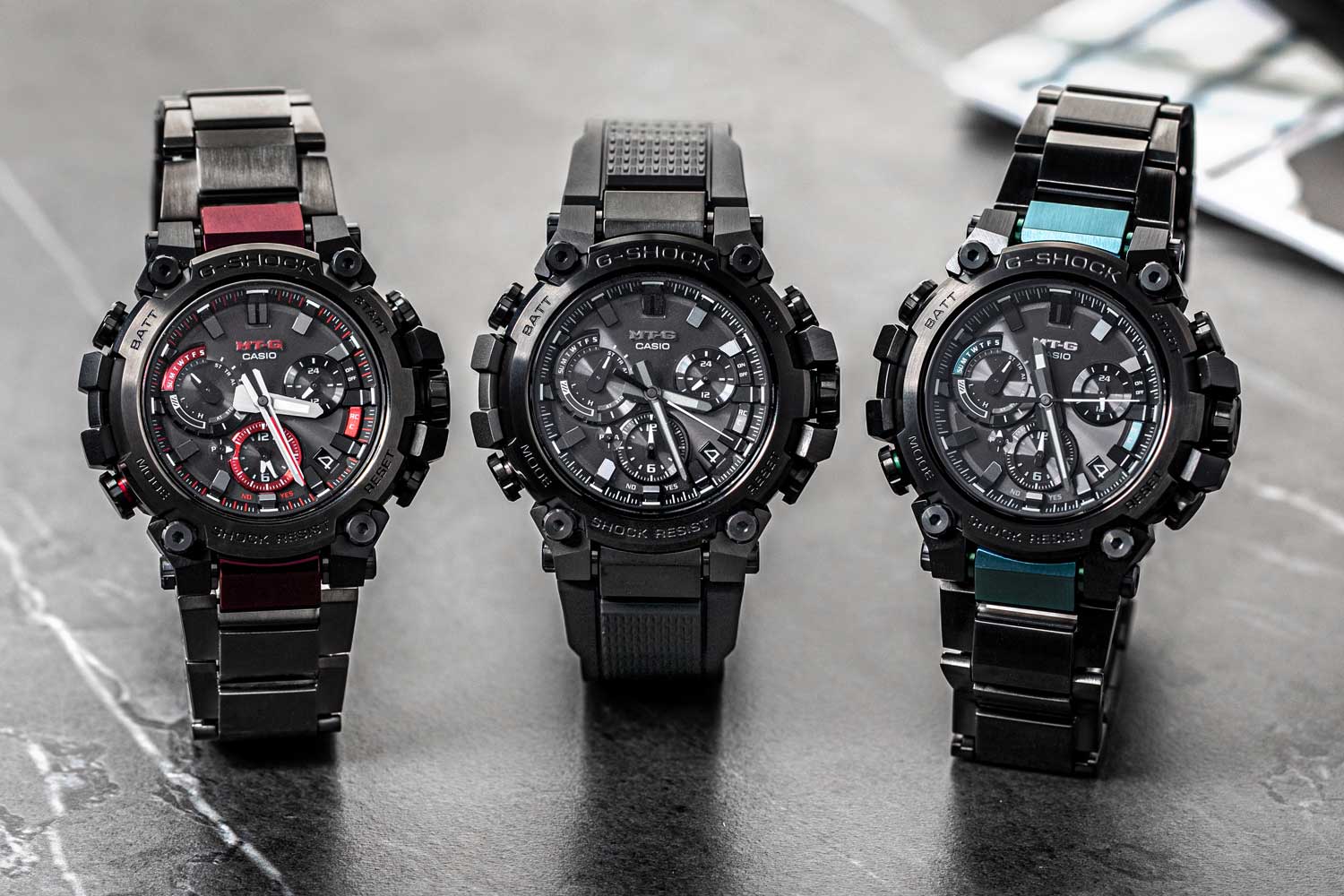
The new MTG-B3000 is a prime example of the constantly evolving design ethos at G-SHOCK. (image: Revolution)
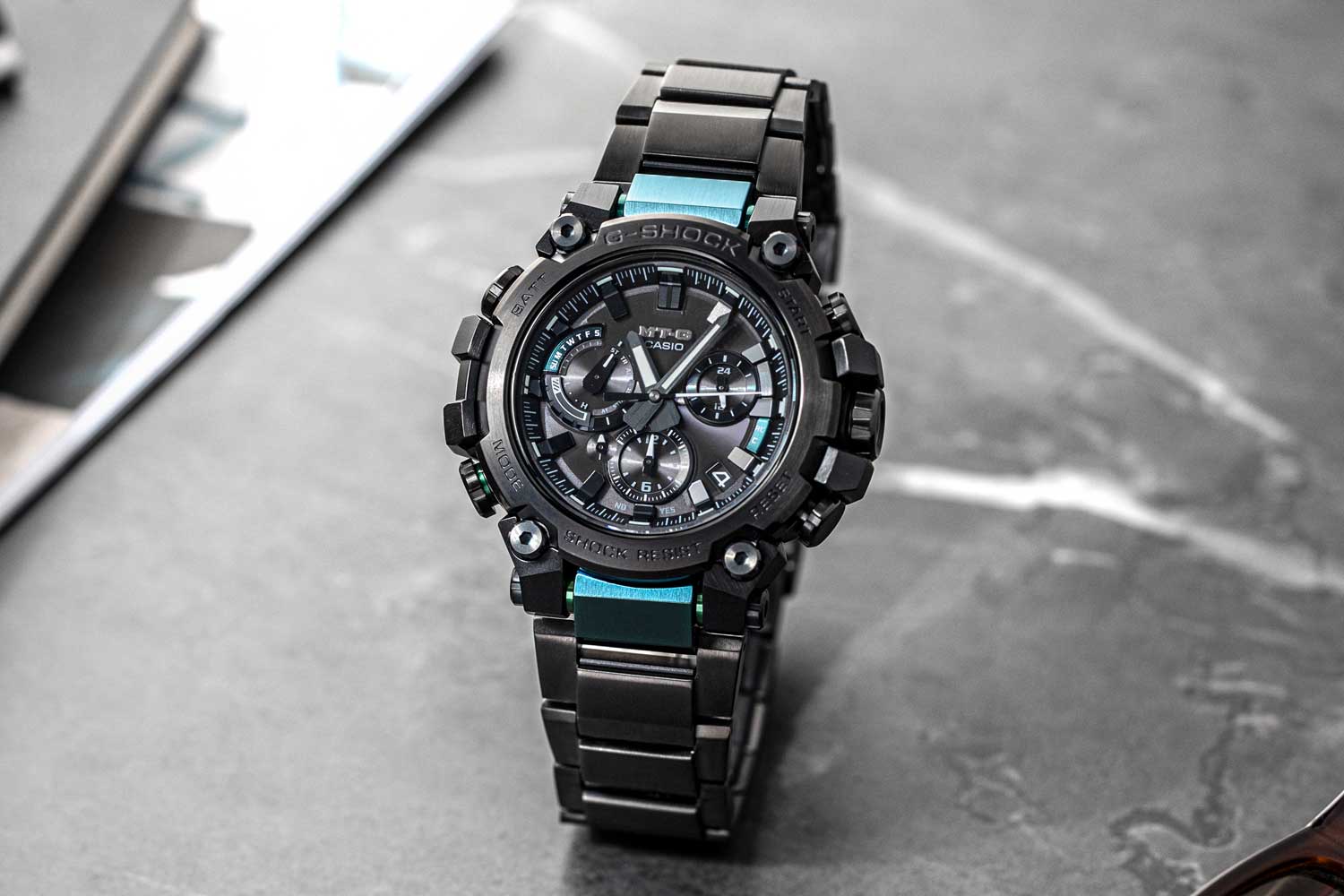
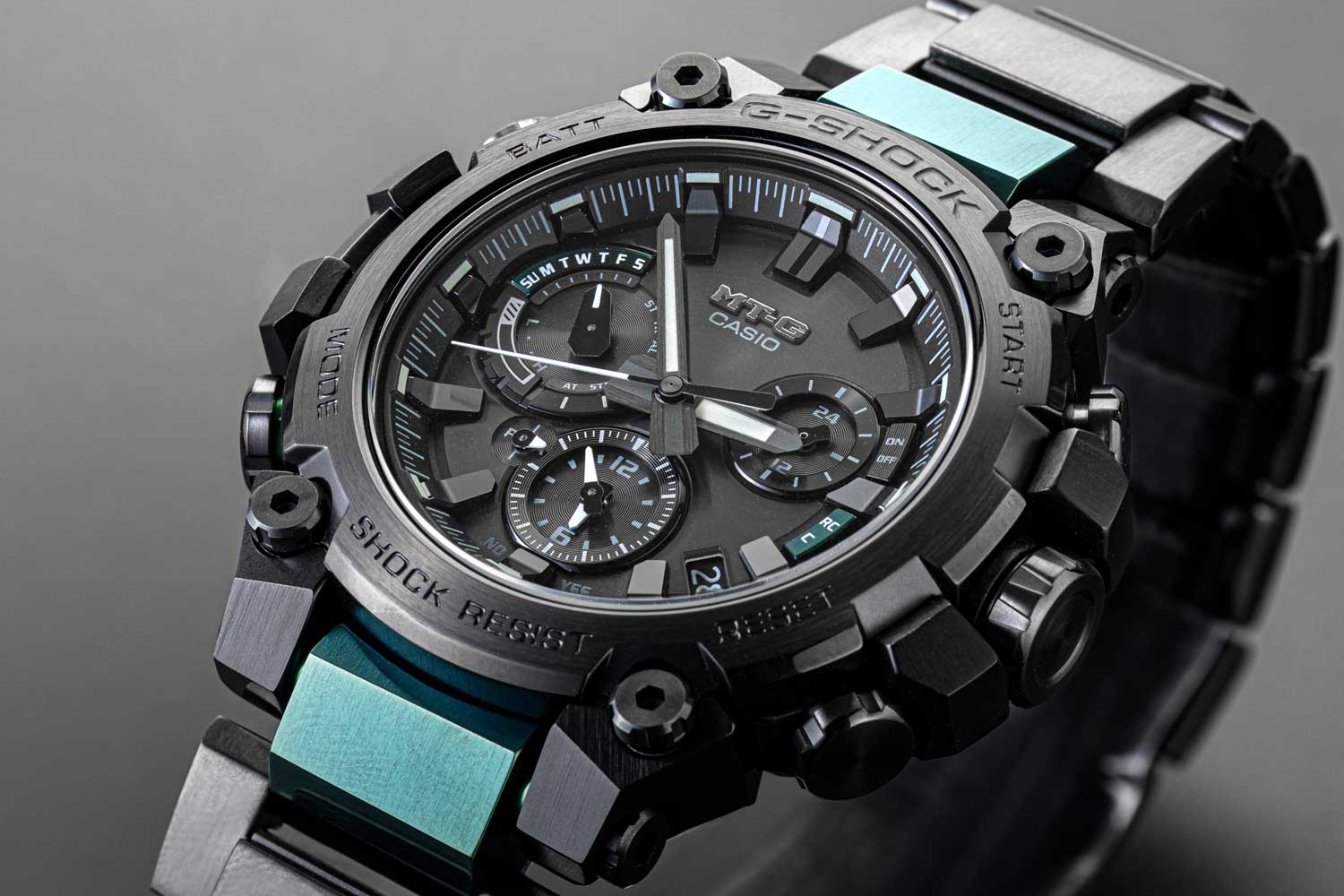
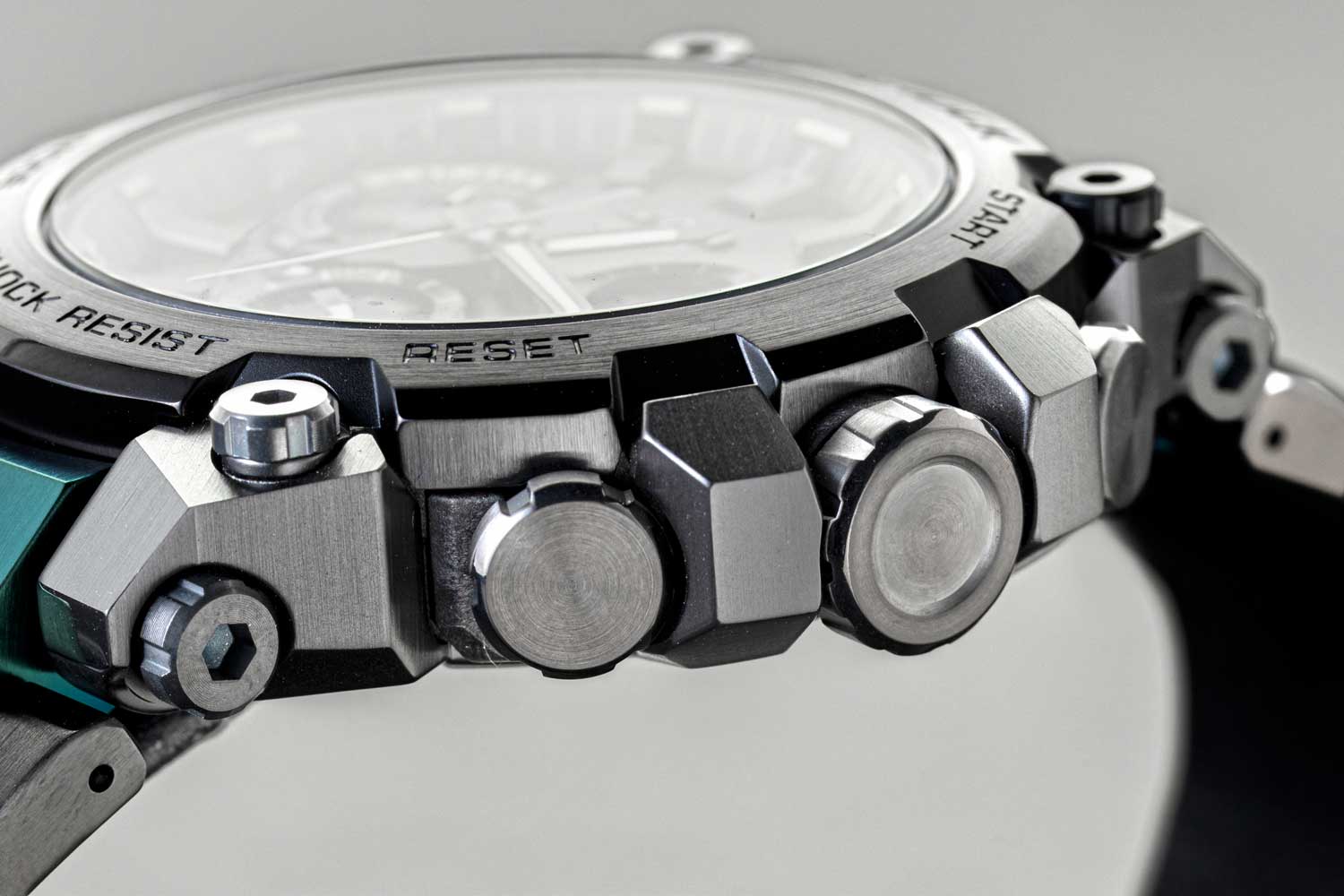
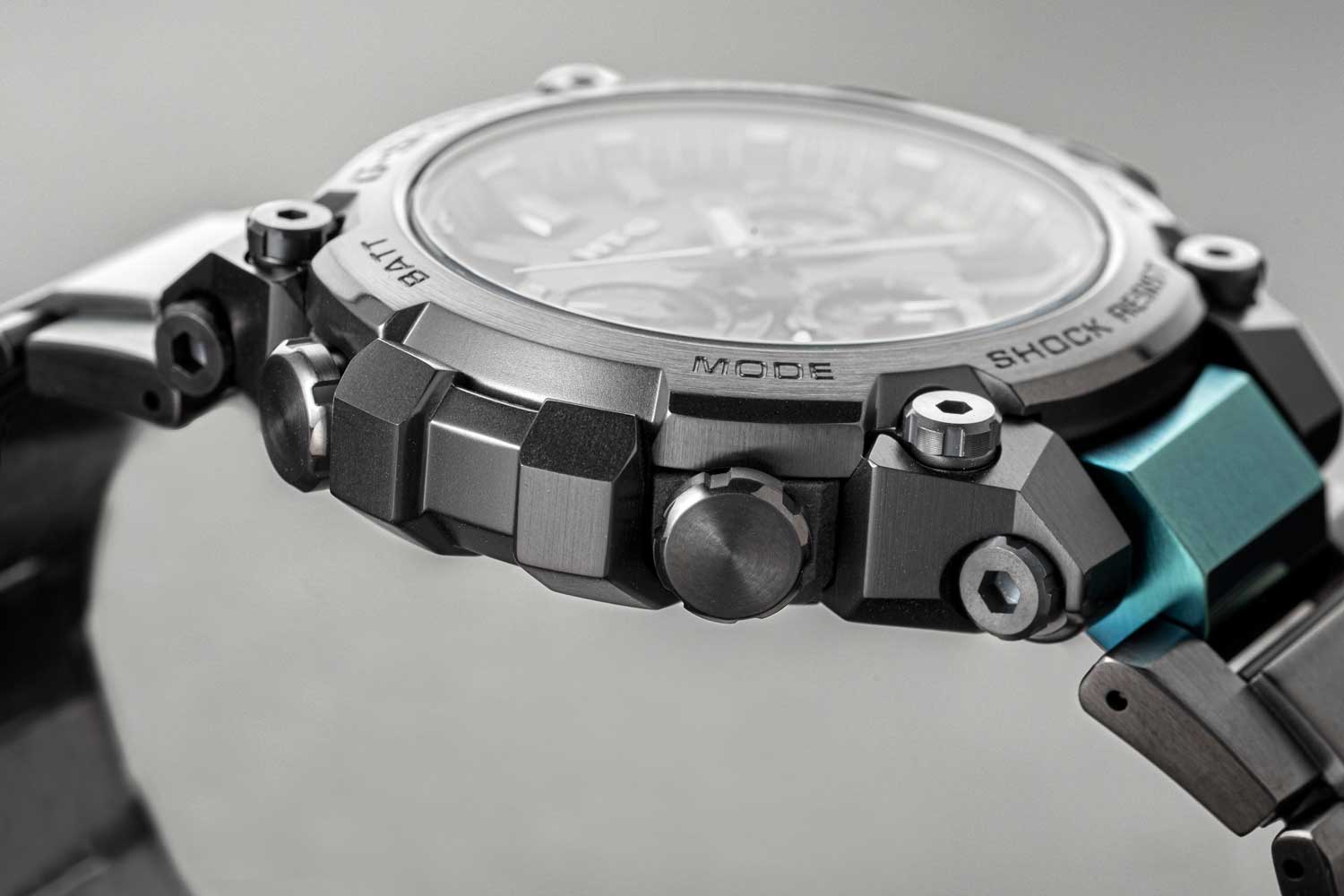
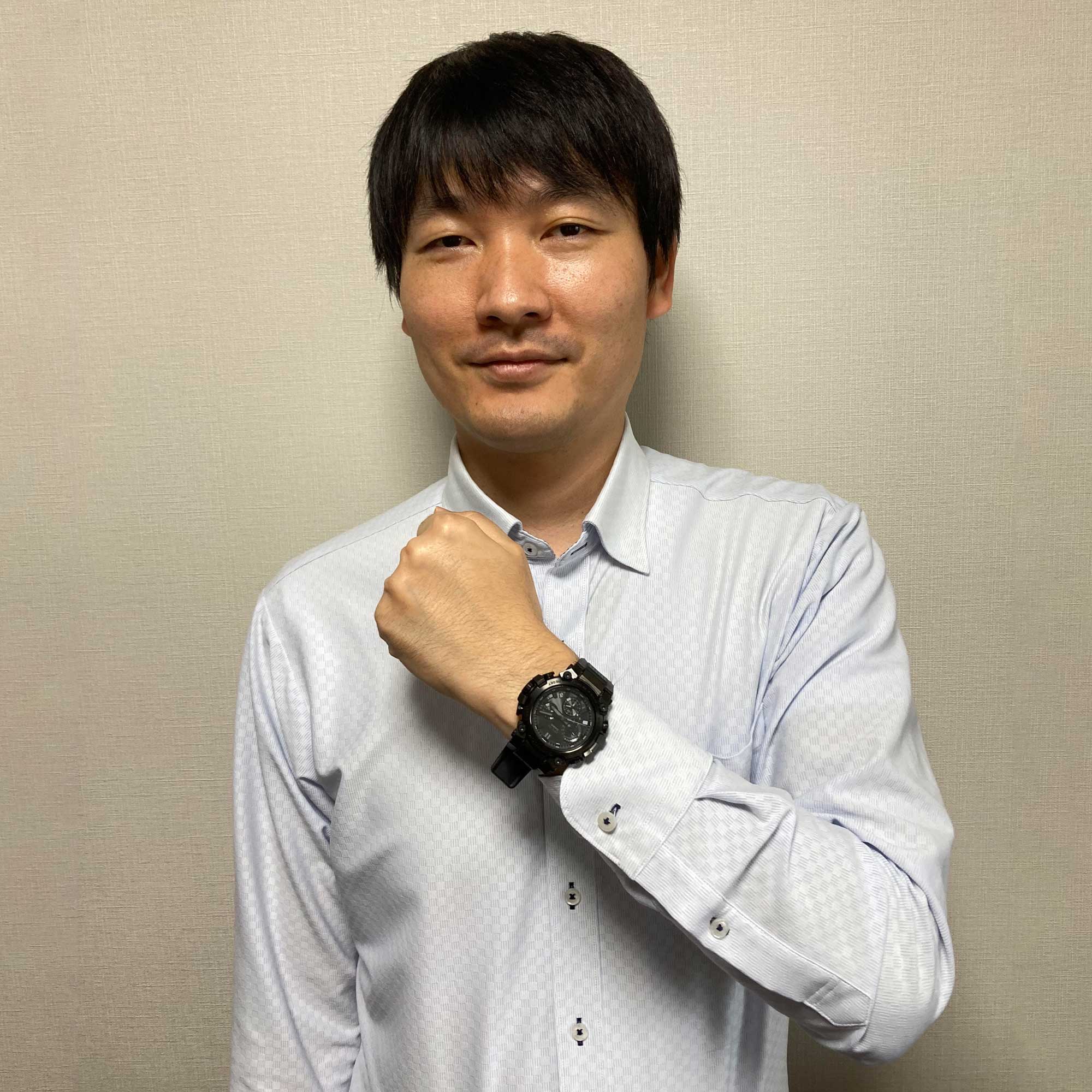
Mr. Nakatsuka Yoshiki, Department-1, Mechanism Development Unit, Engineering Headquarters (image: Casio)
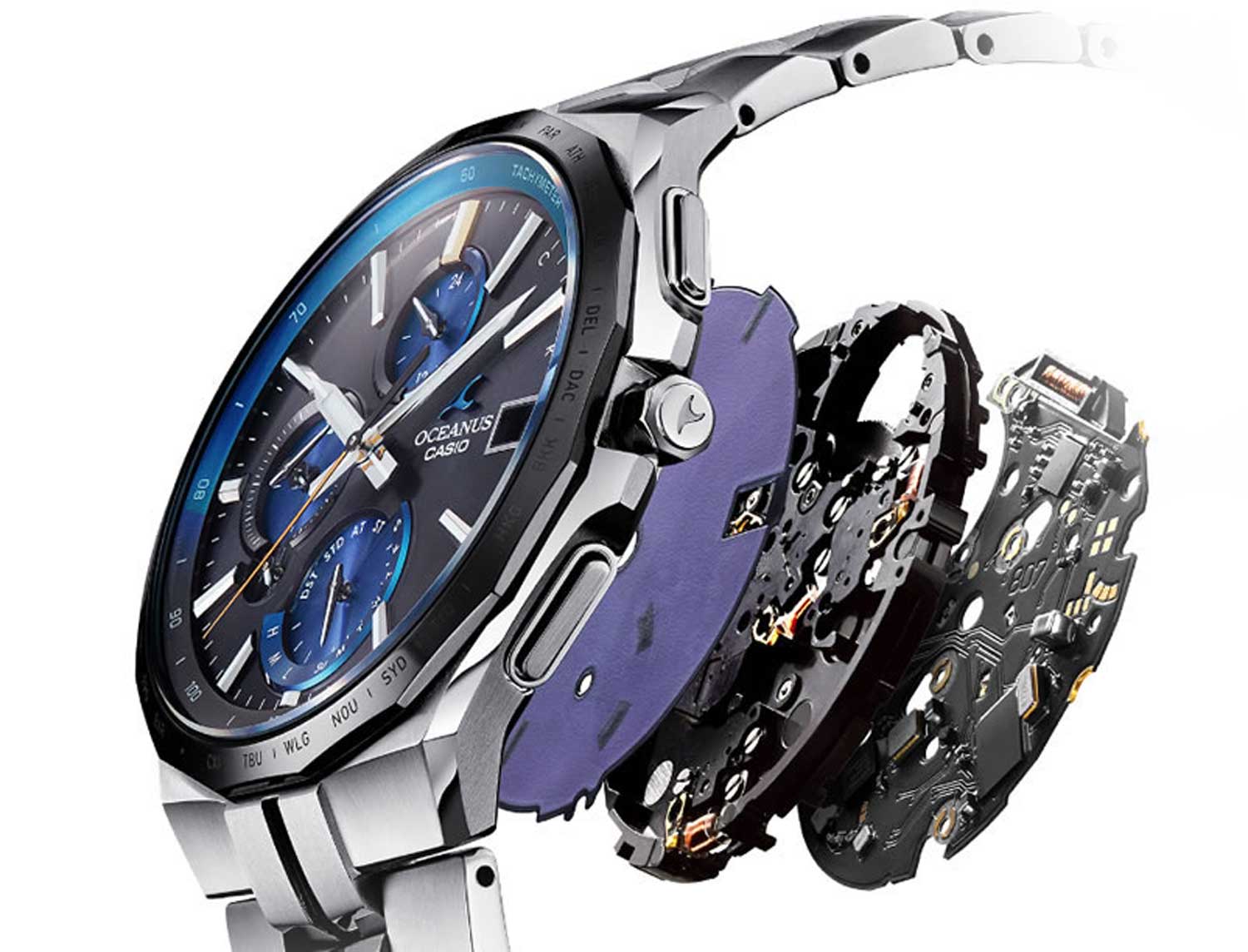
The 2019 OCEANUS OCW-S5000E-1A took a decade and a half to develop, and the result was a sports chronograph with the slim profile of a dress watch. (image: Casio)
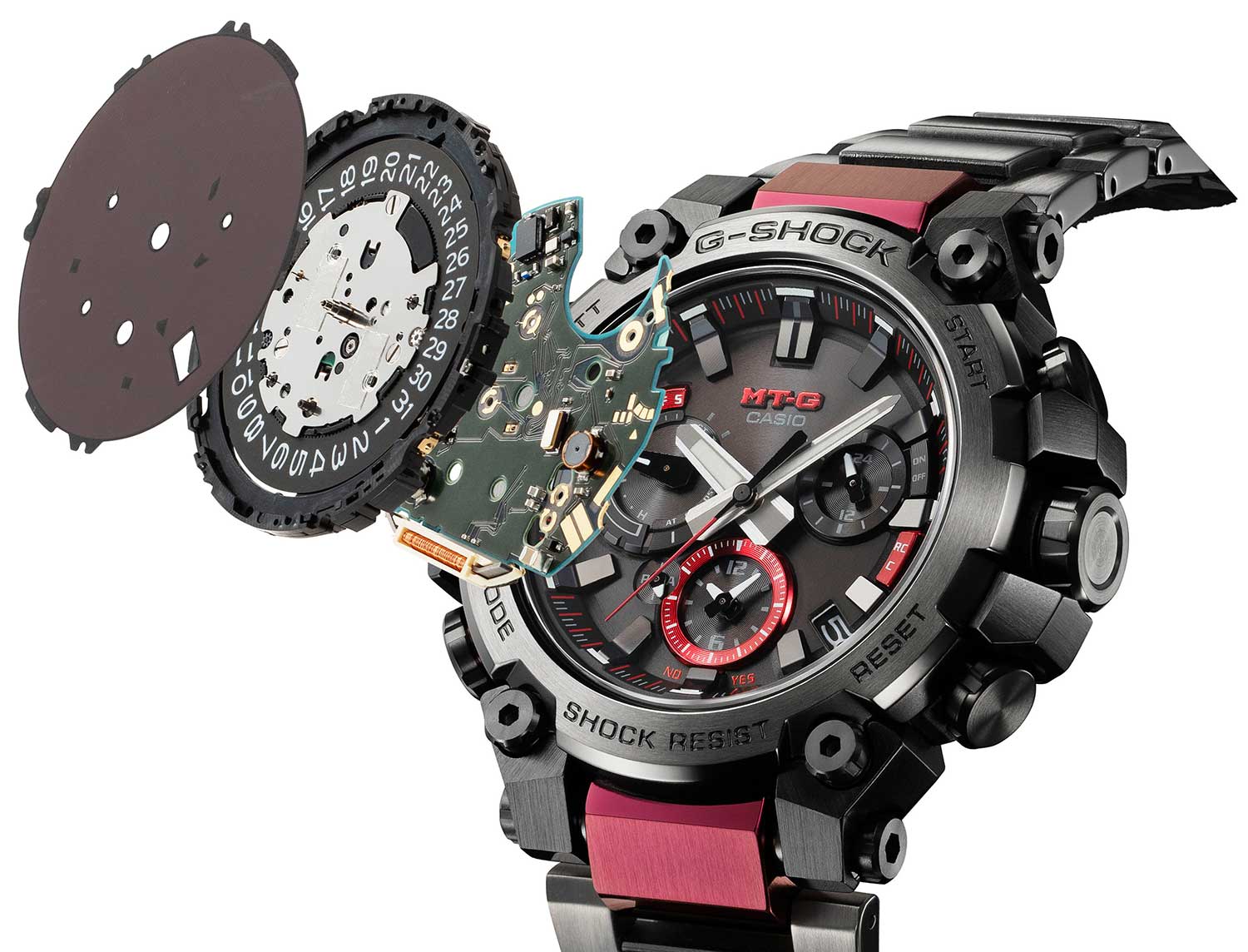
In order for the OCEANUS' slim module to be integrated into the G-SHOCK platform, Casio's Mechanism Development Unit had to redesign the module to further reinforce its durability. (image: Casio)
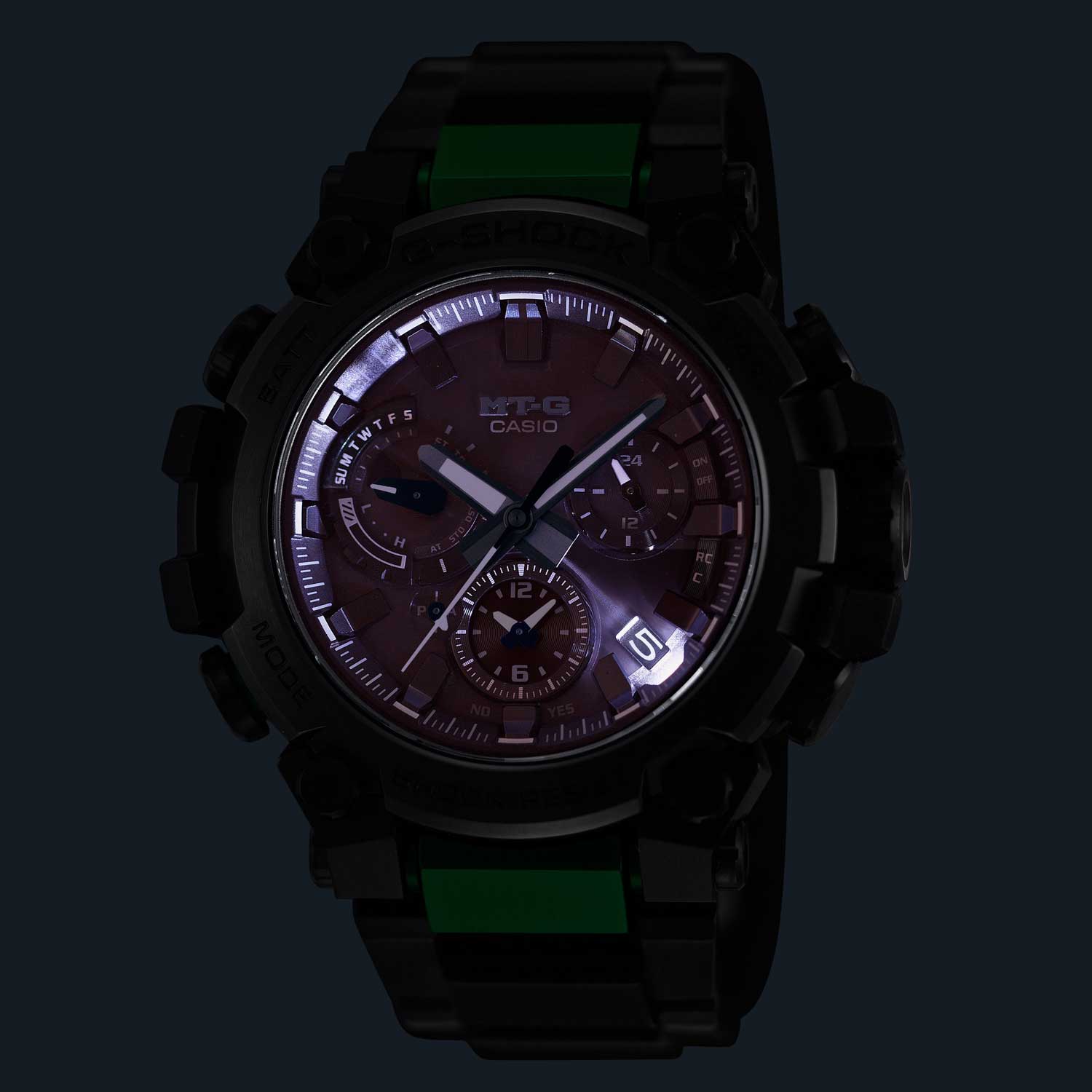
The Super Illuminator is useful for reading the dial in extremely low light conditions and a perfect backup for the lumed hour indexes and hands. (image: Casio)
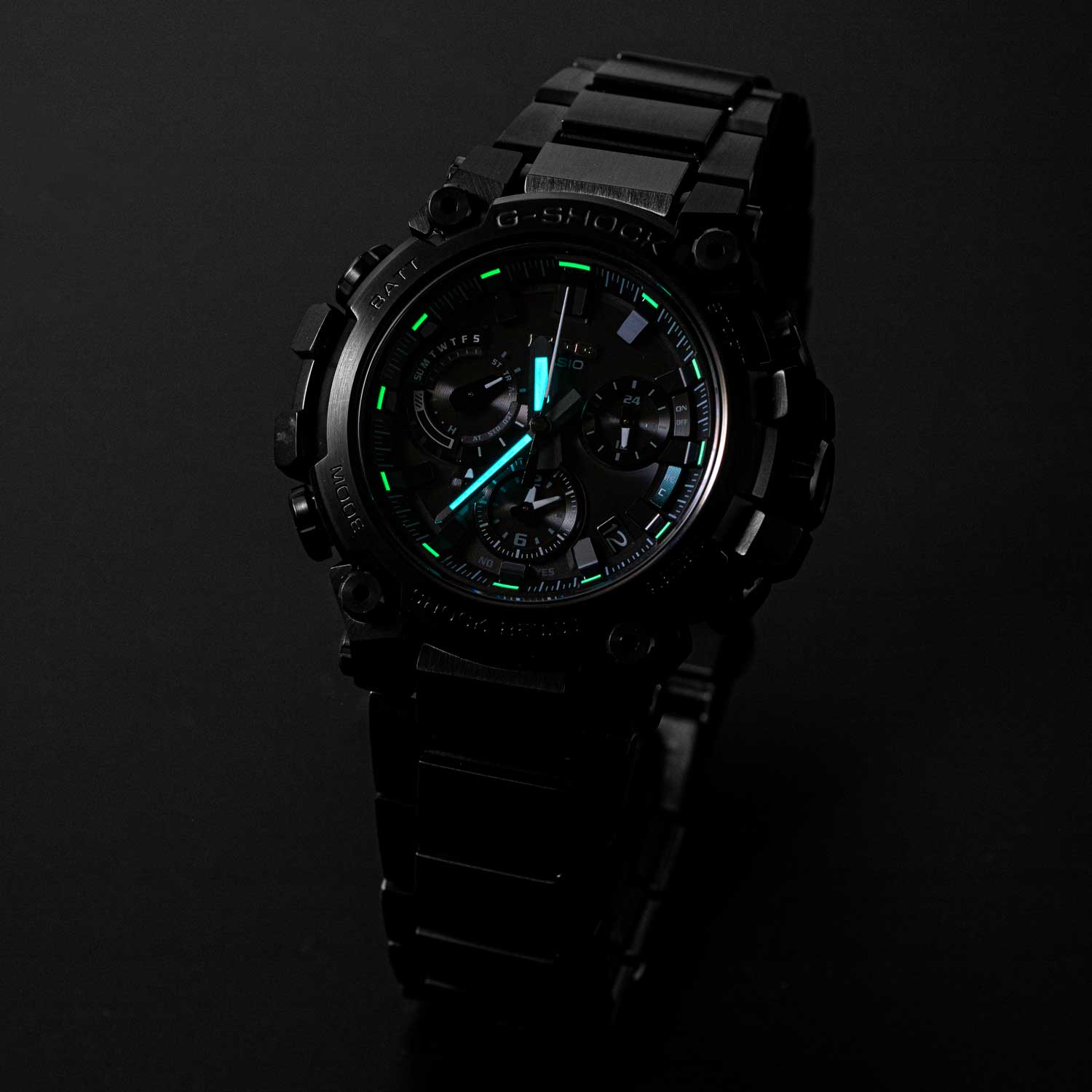
Having photoluminescent material on the dial remains necessary as the Super Illuminator only stays on for a couple of seconds due to efficient power management. (image: Revolution)
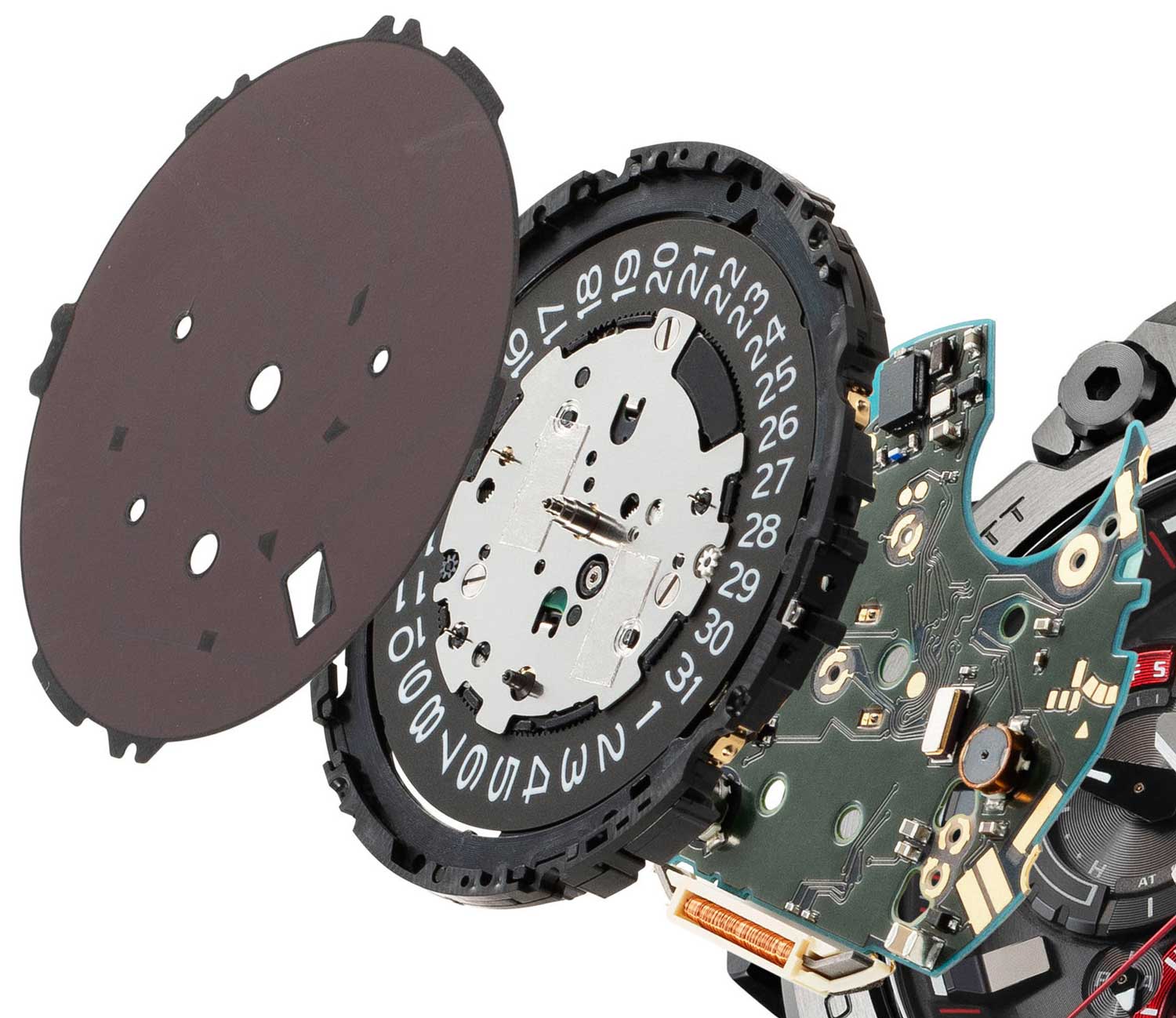
The individual solar cells within the large panel are sufficiently dispersed and can efficiently absorb and transmit power to the rechargeable battery, despite the hands casting shadows on the dial at different positions during operation. (image: Casio)

Mr. Hamaue Tomohiro, Design Department, Watches & Wearables (image: Casio)
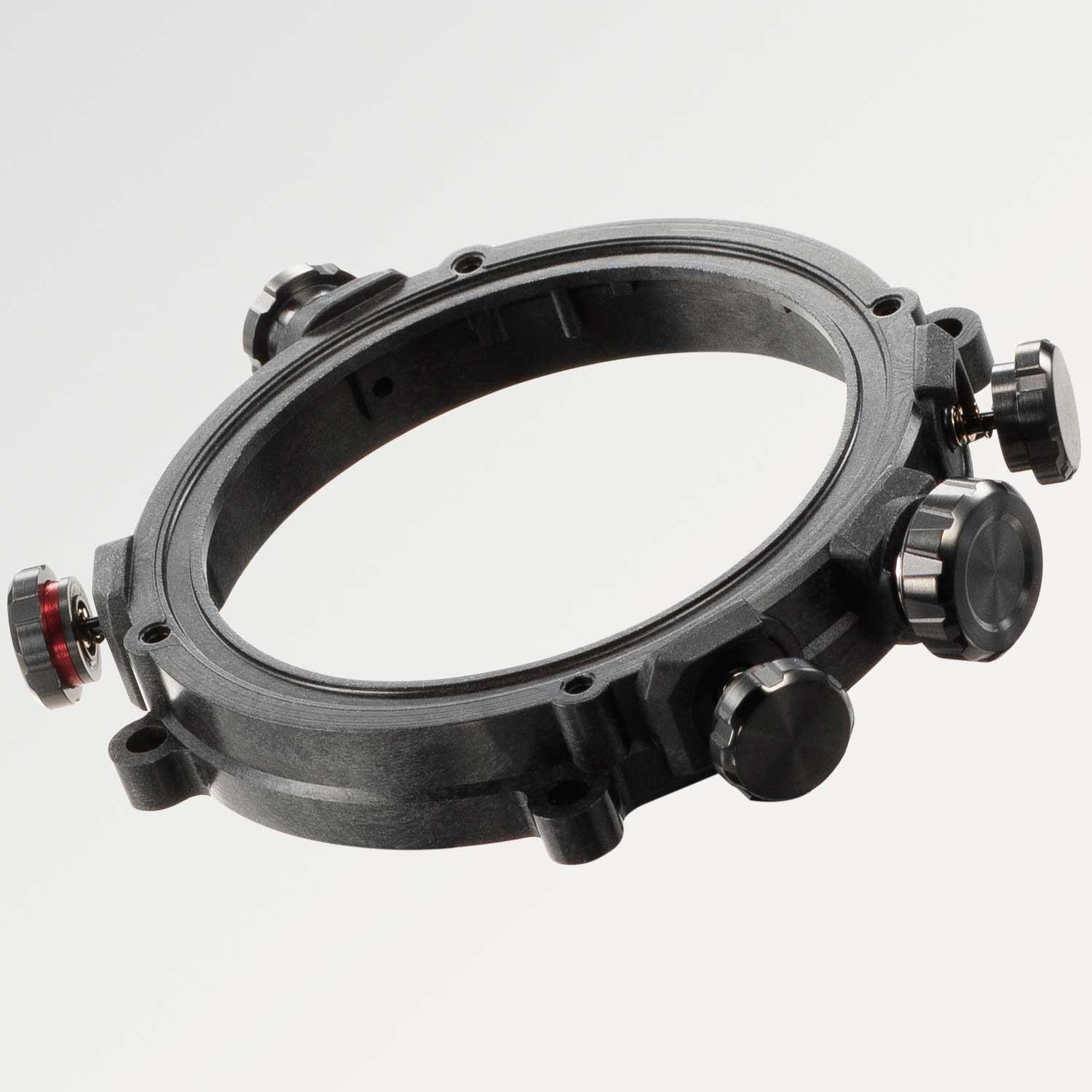
The new low-profile carbon-reinforced resin case which houses the slim module. This design is a departure from the monocoque tubs from past MT-Gs. (image: Casio)
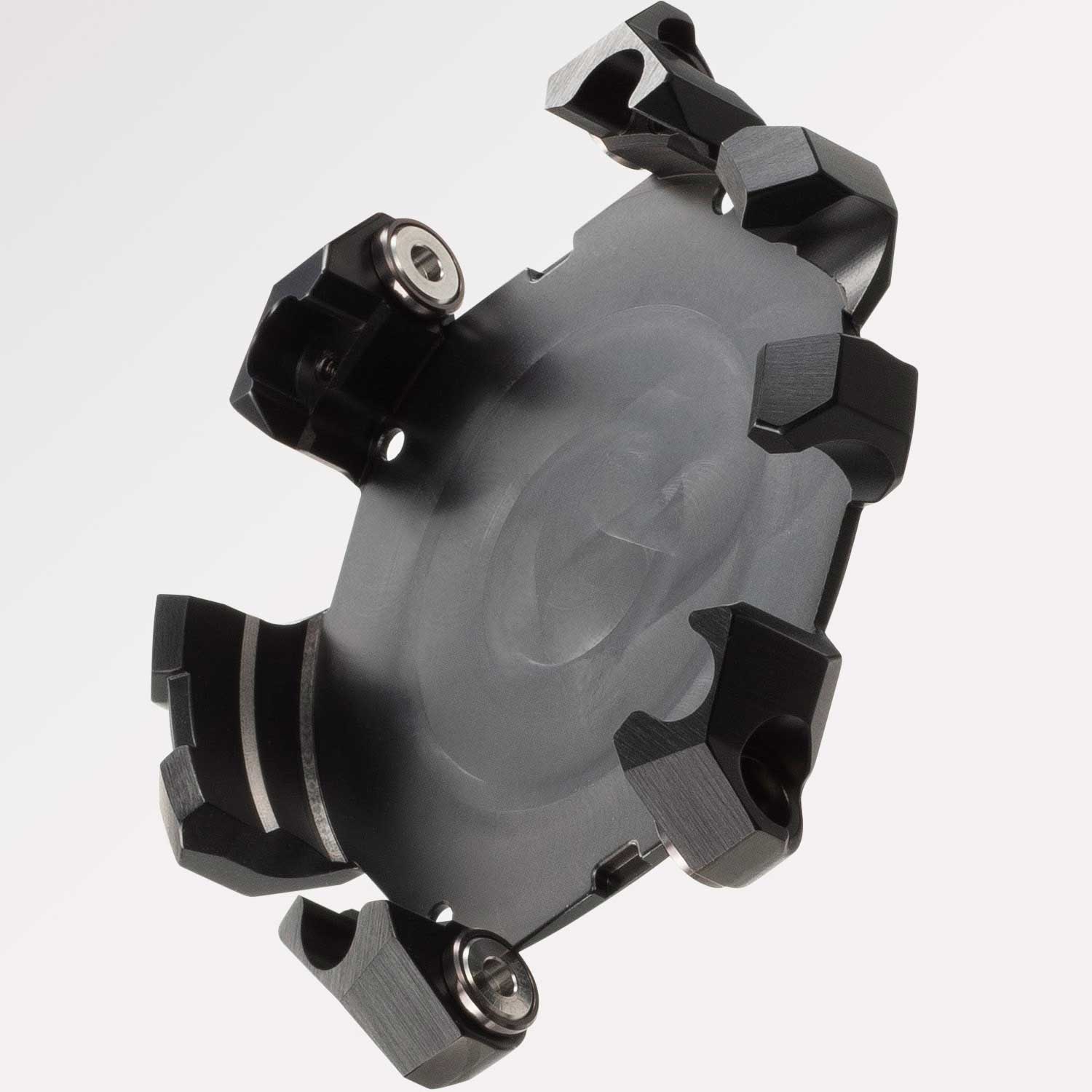
The stainless steel caseback's single piece, rigid structure protects the case by enveloping it like a bird's nest. (image: Casio)
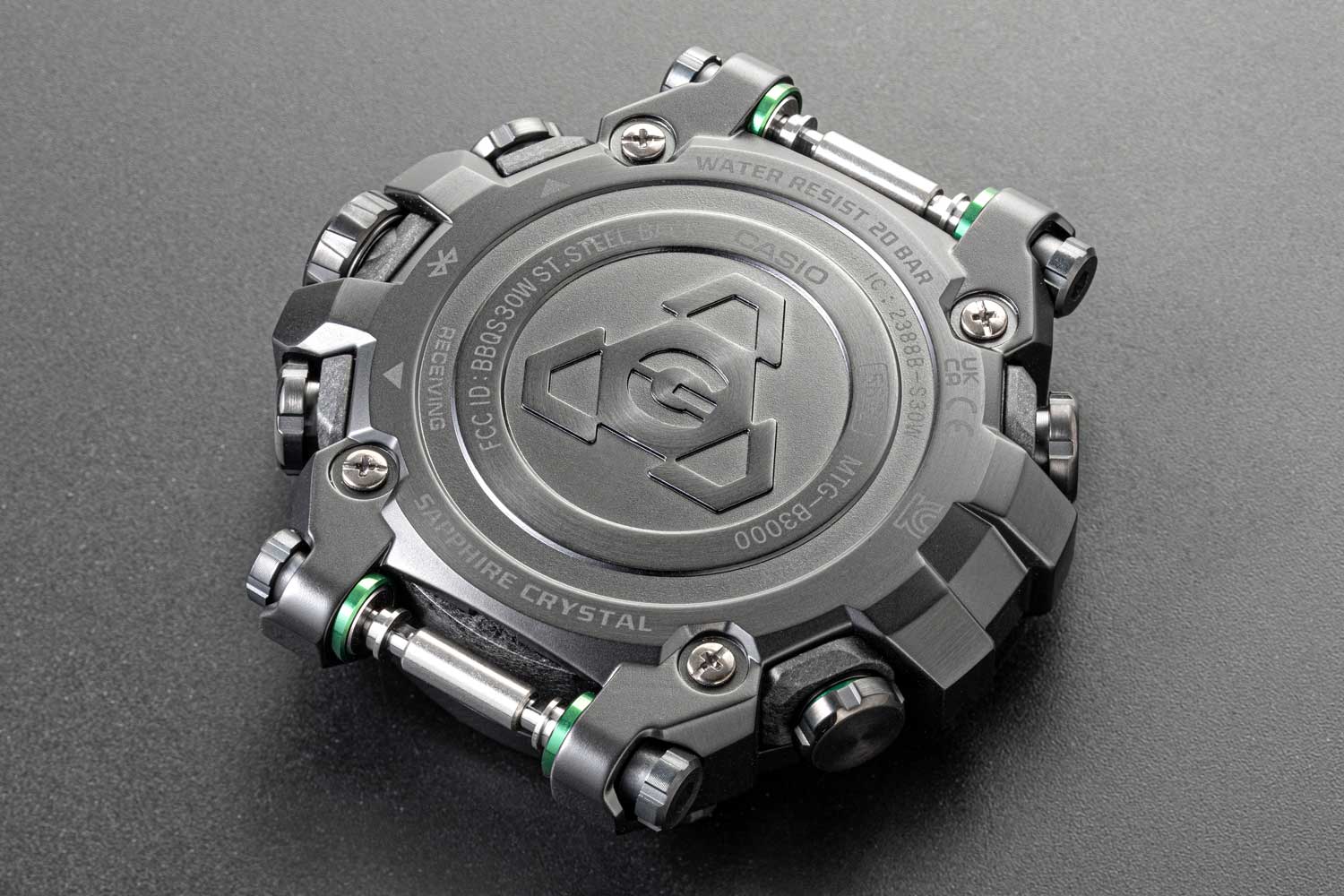
Manufacturing the stainless steel caseback is a laborious process involving repeated steps of pressing, cutting, drilling and finishing. (image: Revolution)
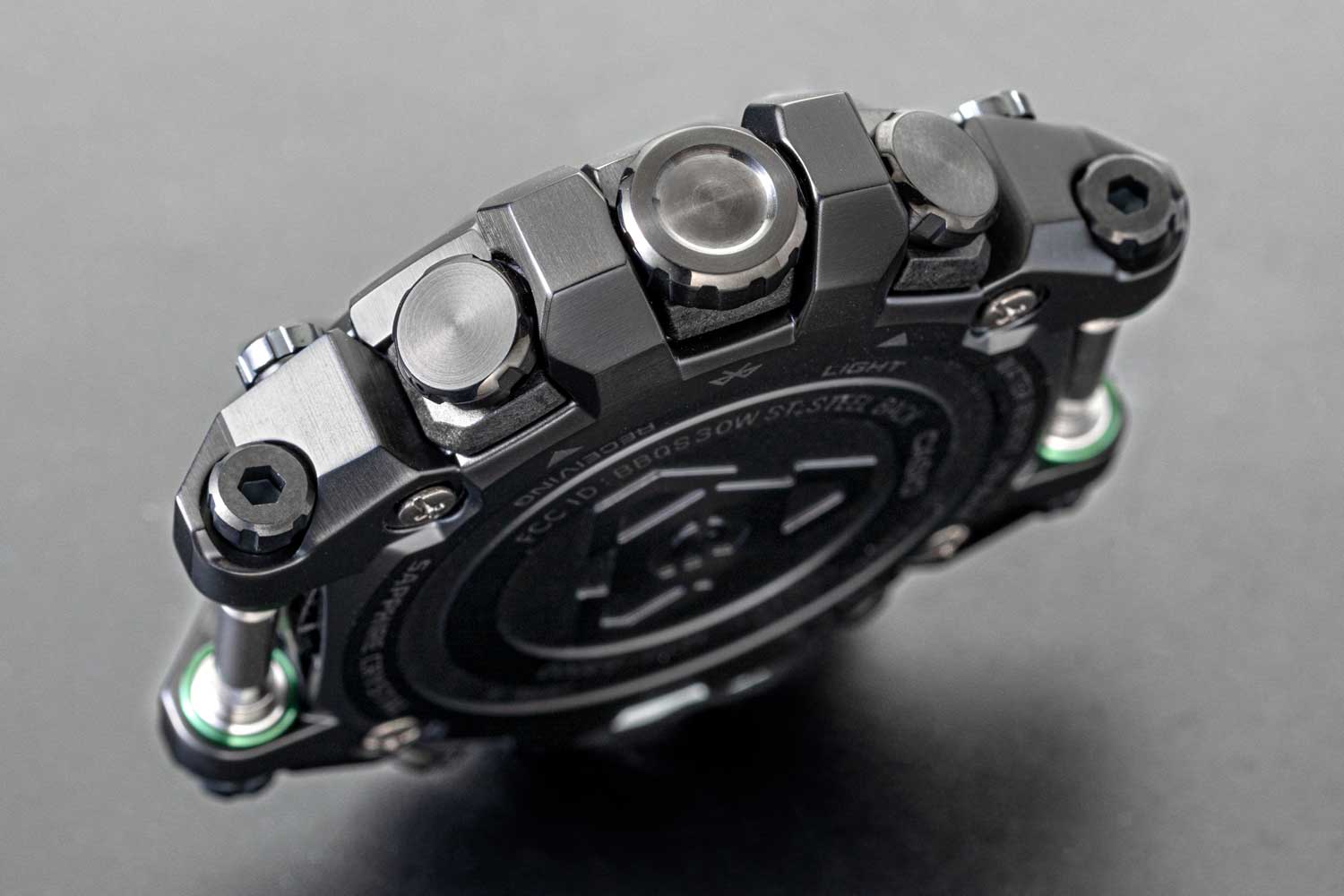
The raised sides of the caseback provides protection for both the crown and the four multi-function buttons. (image: Revolution)
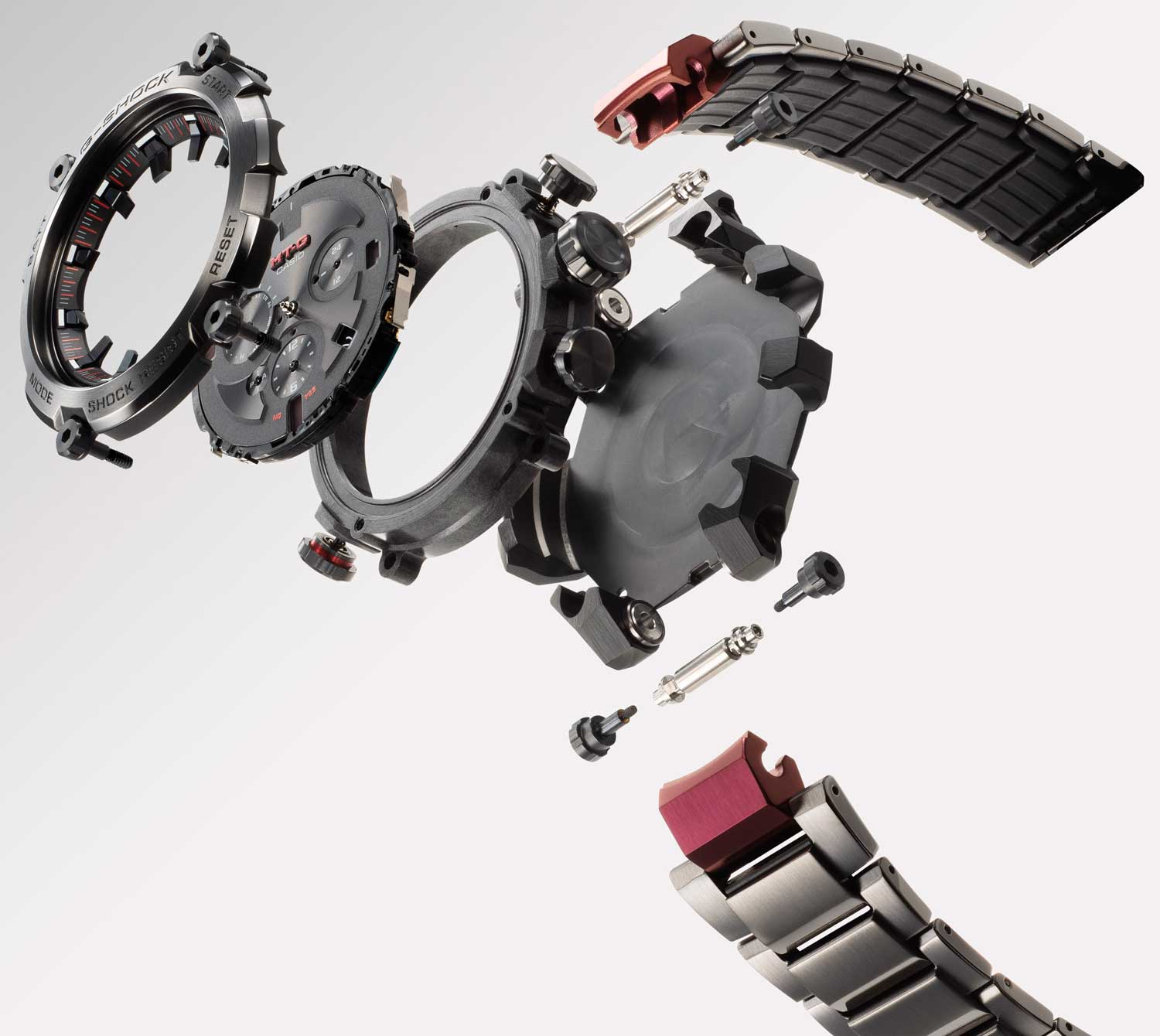
The bezel is screwed securely to the caseback through the case and the lugs. (image: Casio)
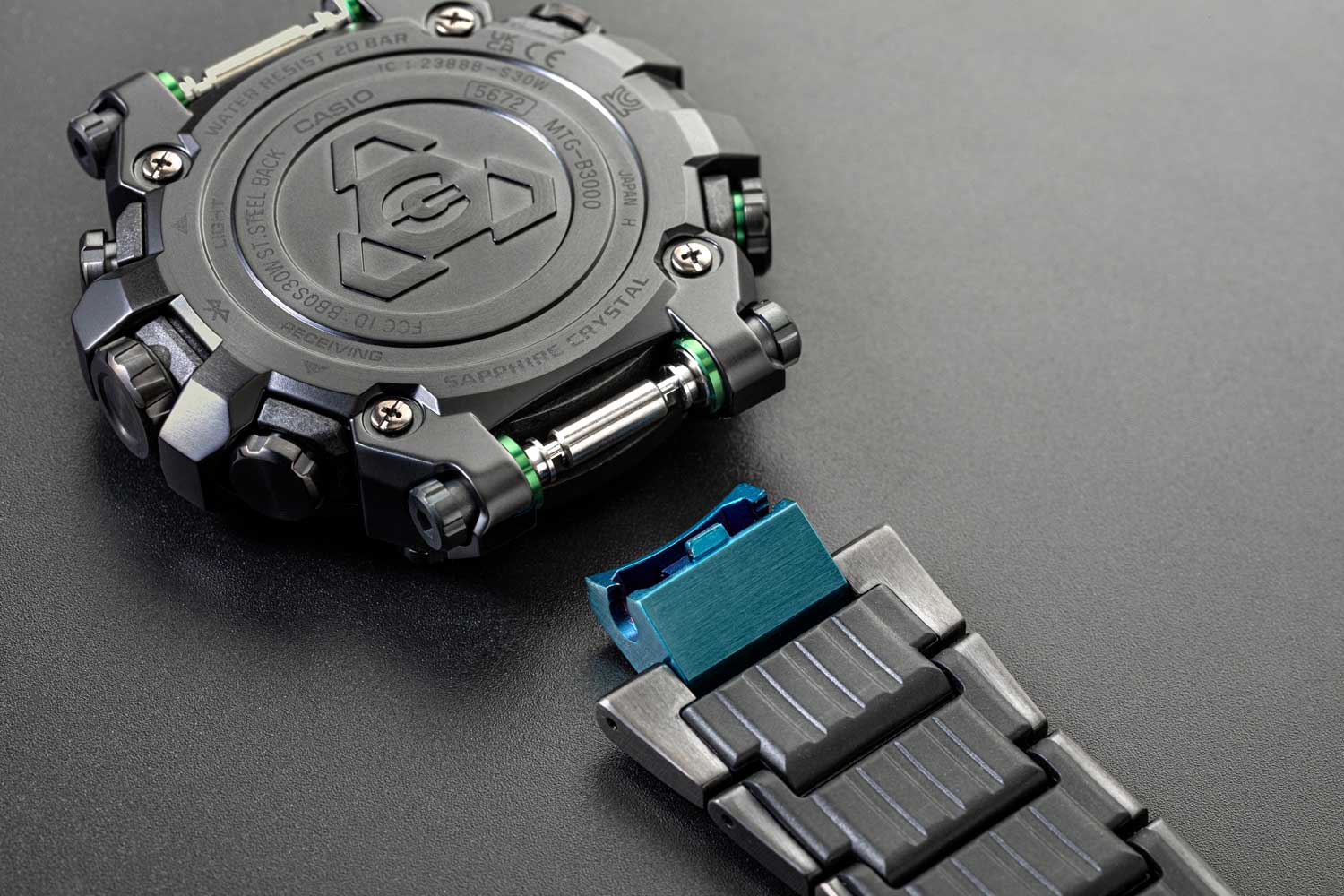
Bracelets and straps are easily hooked on or off with the one-touch exchange system. (image: Revolution)
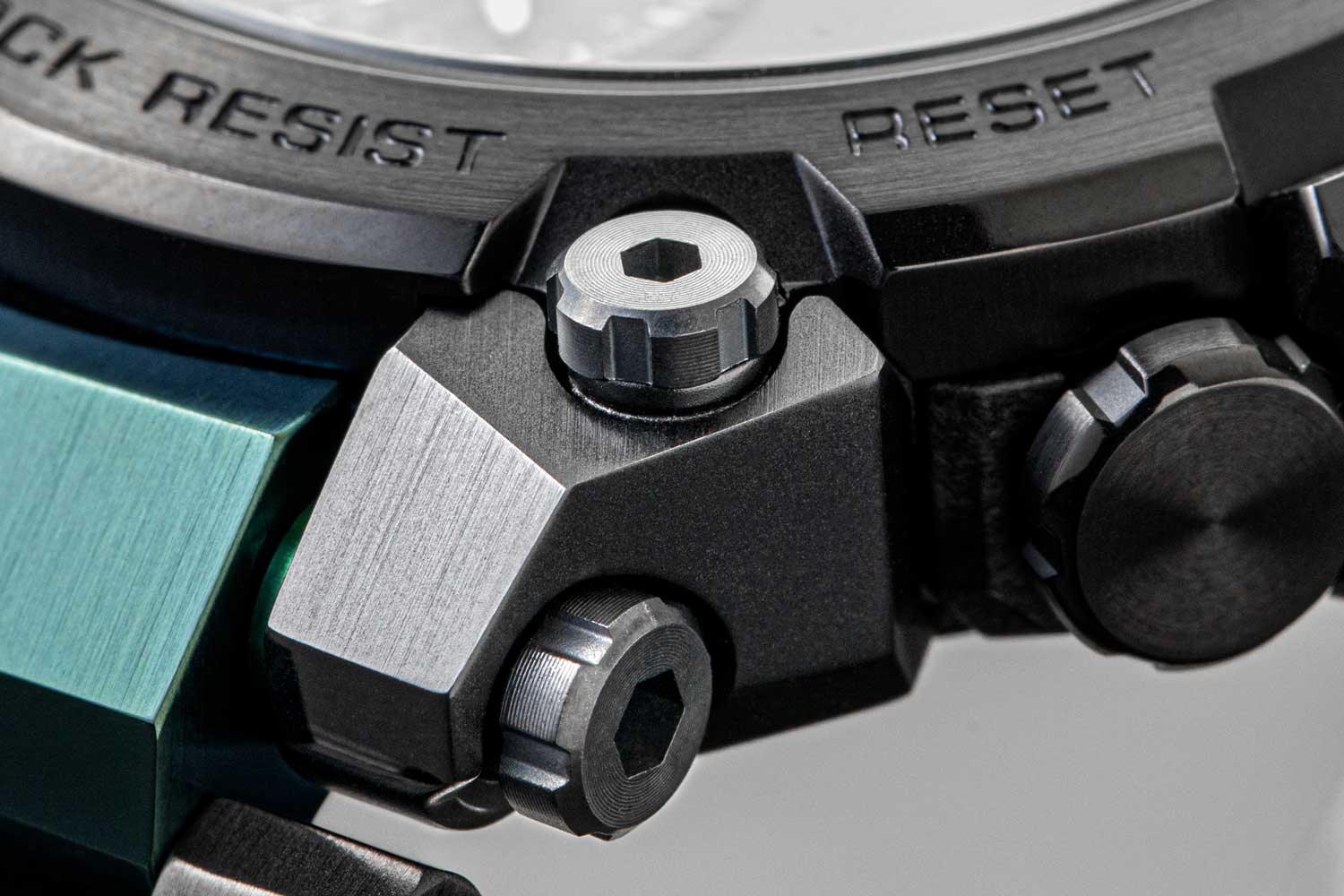
The MTG-B3000's profile evokes both a rugged and refined quality with a balance of angular facets and round shapes. (image: Revolution)
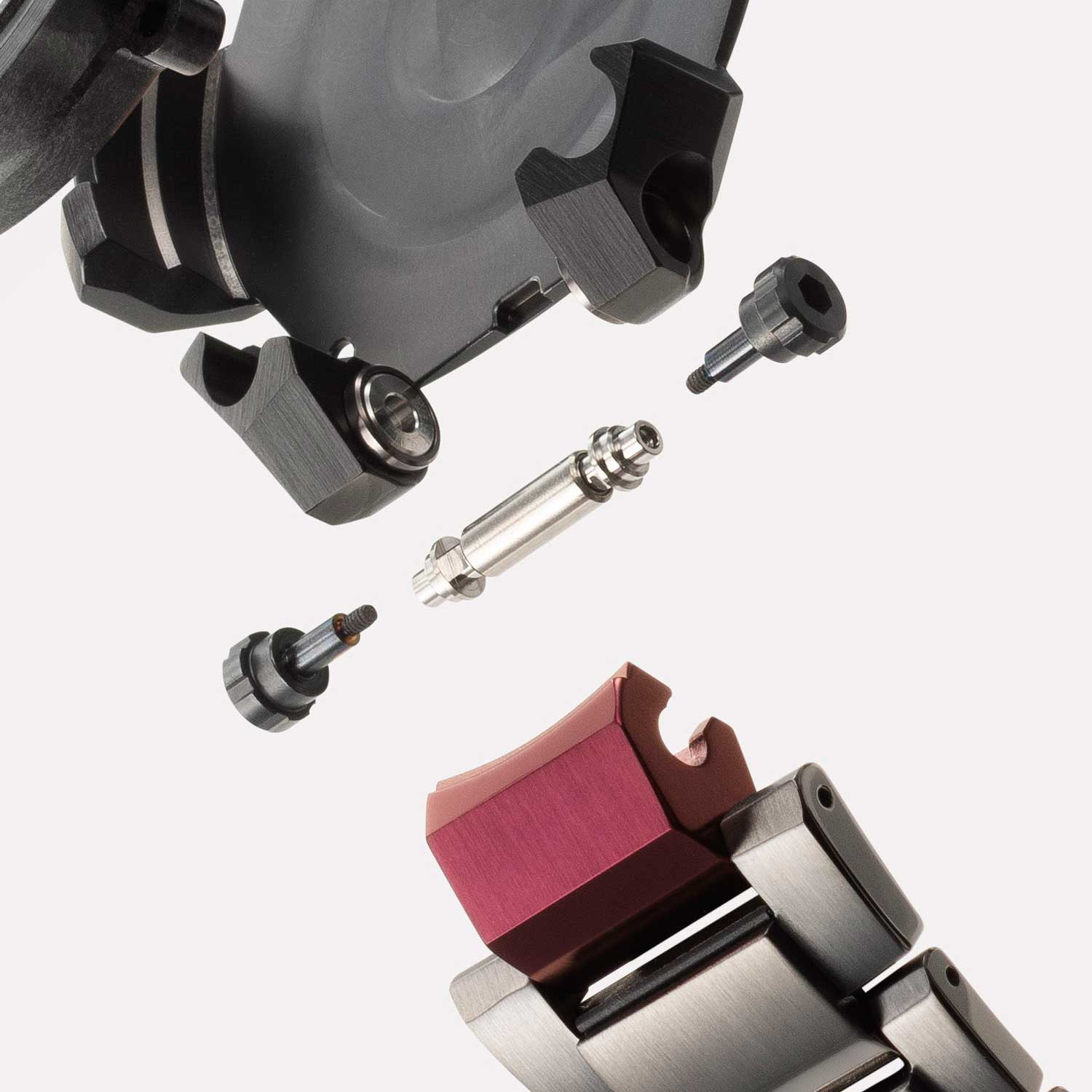
The various components of the one-touch exchange system have been designed to withstand strong impacts and meet G-SHOCK's Triple G Resist standard. (image: Casio)
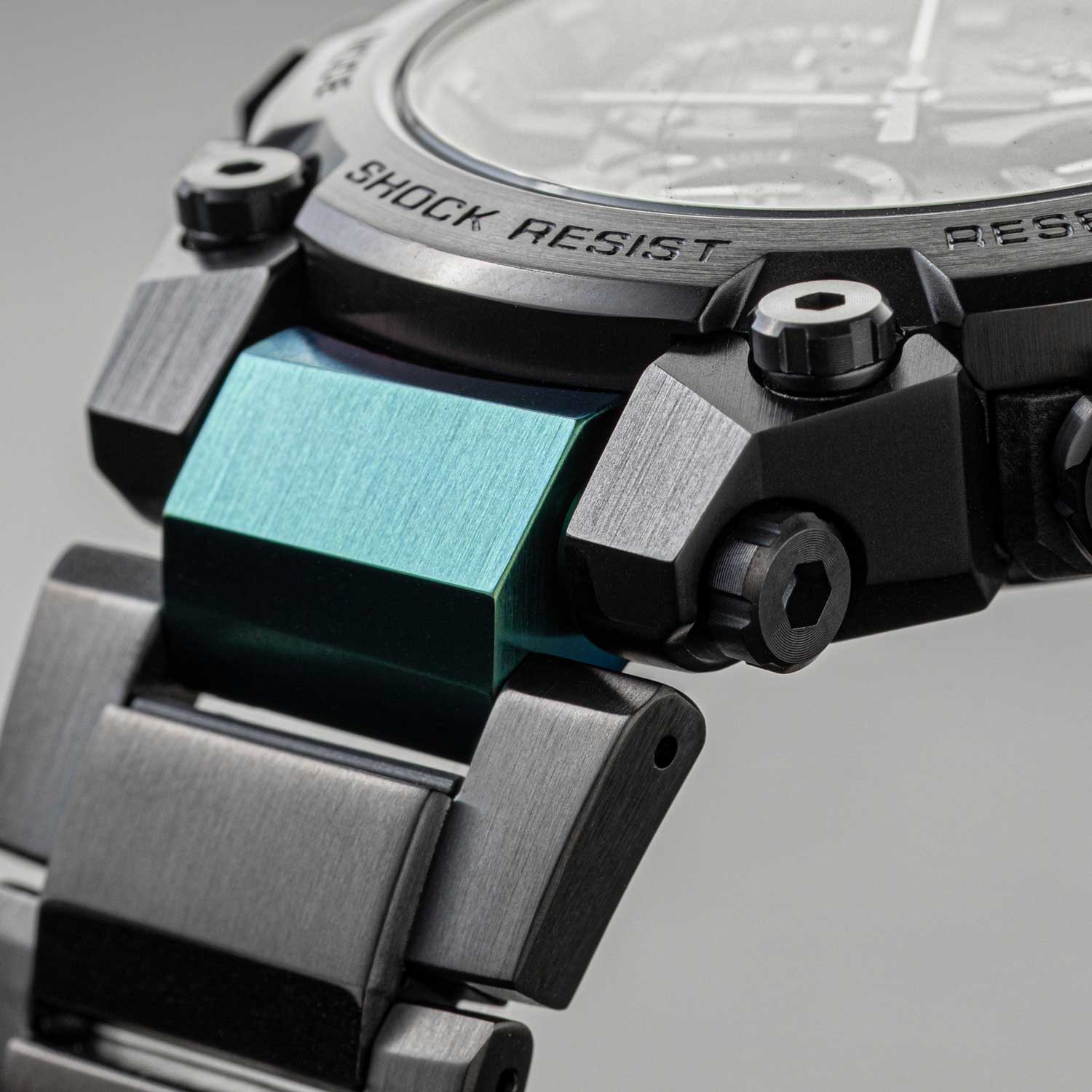
Ion plating is used to color certain portions of the watch to break up the flat black monotone palette. (image: Revolution)
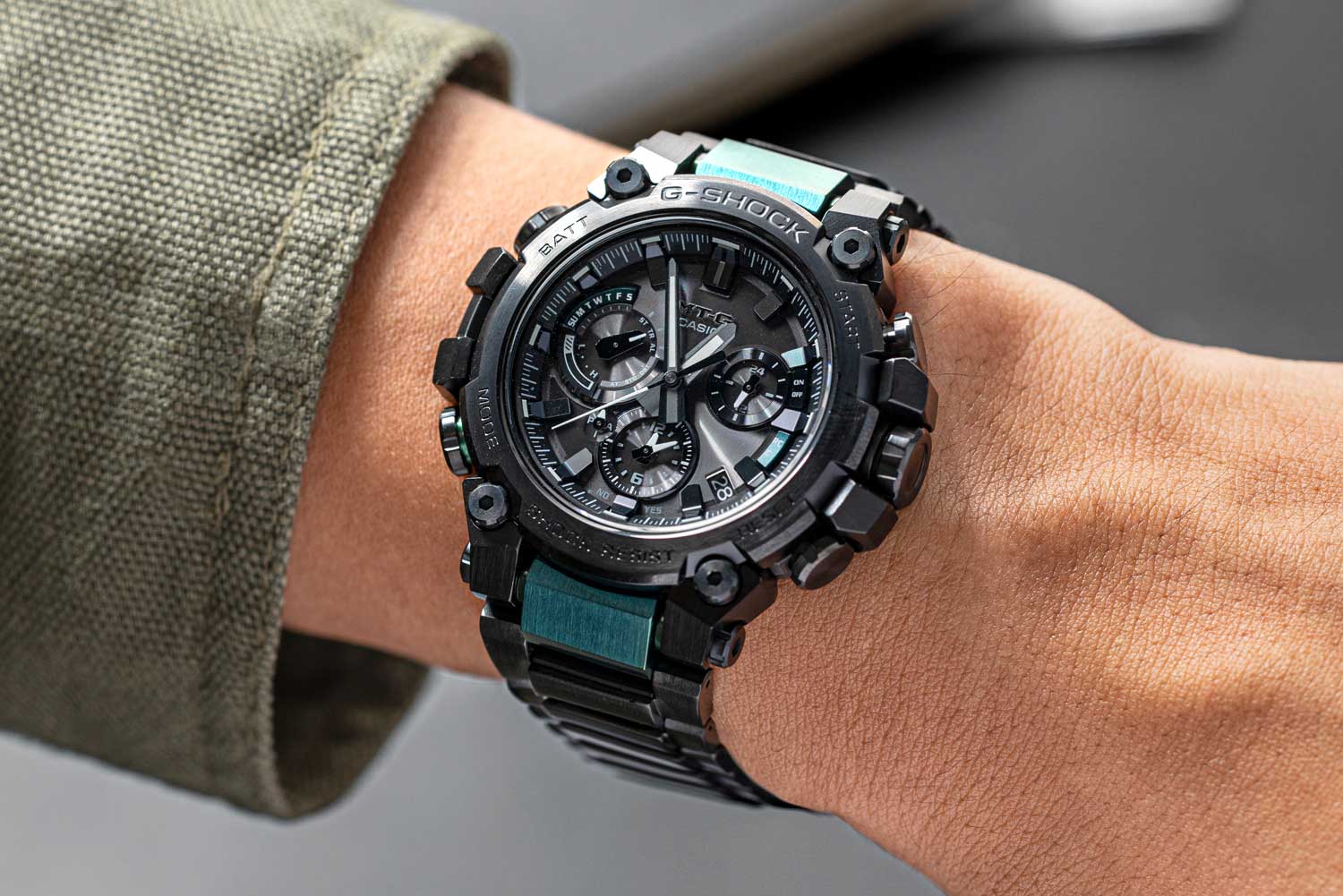
With a short lug profile, the MTG-B3000 sits well on a 7-inch wrist without overhang. At 12.1mm in height, it can easily slip underneath a cuff although it's not meant to anyway. (image: Revolution)
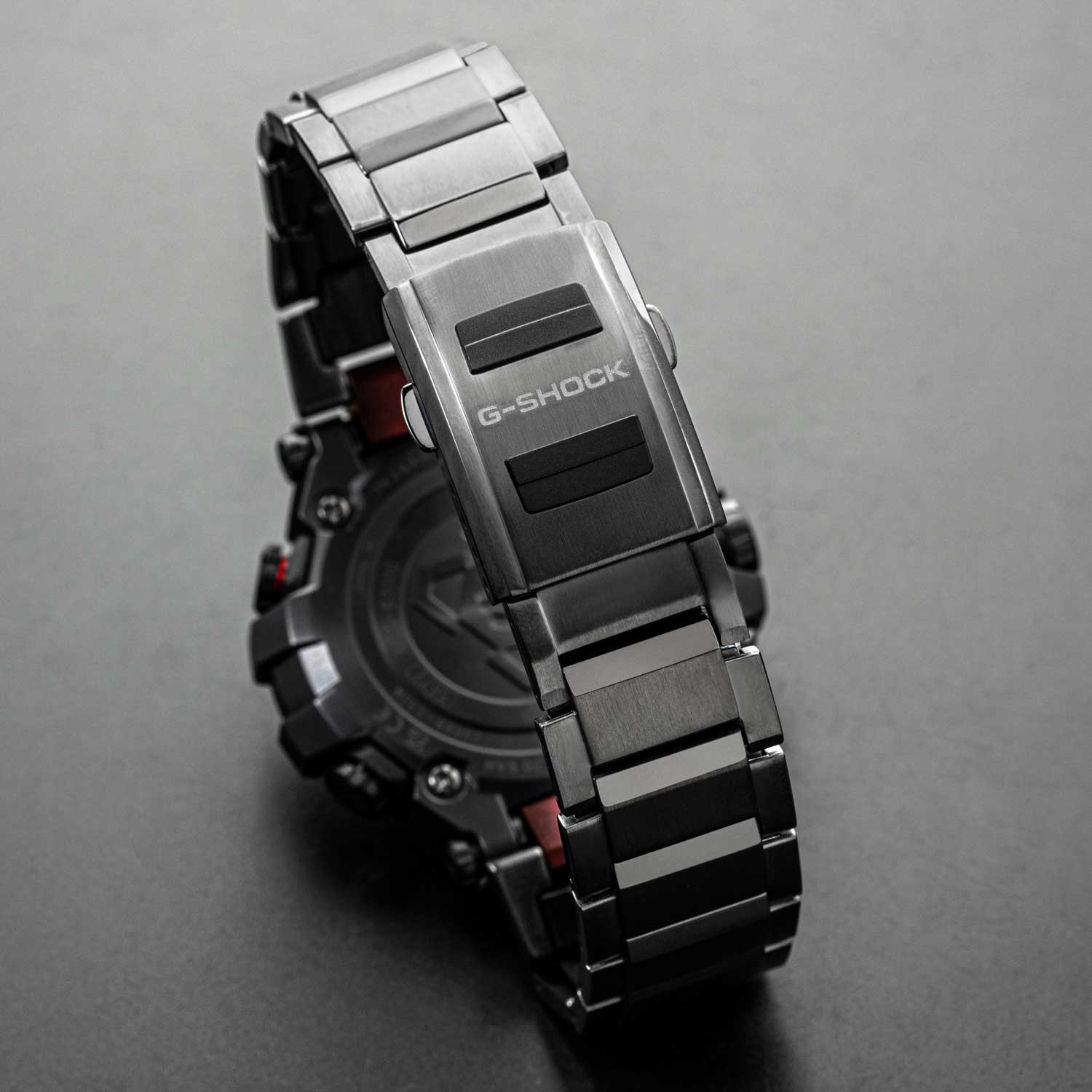
Both the green and red models come with a brushed stainless steel and resin composite bracelet. (image: Revolution)
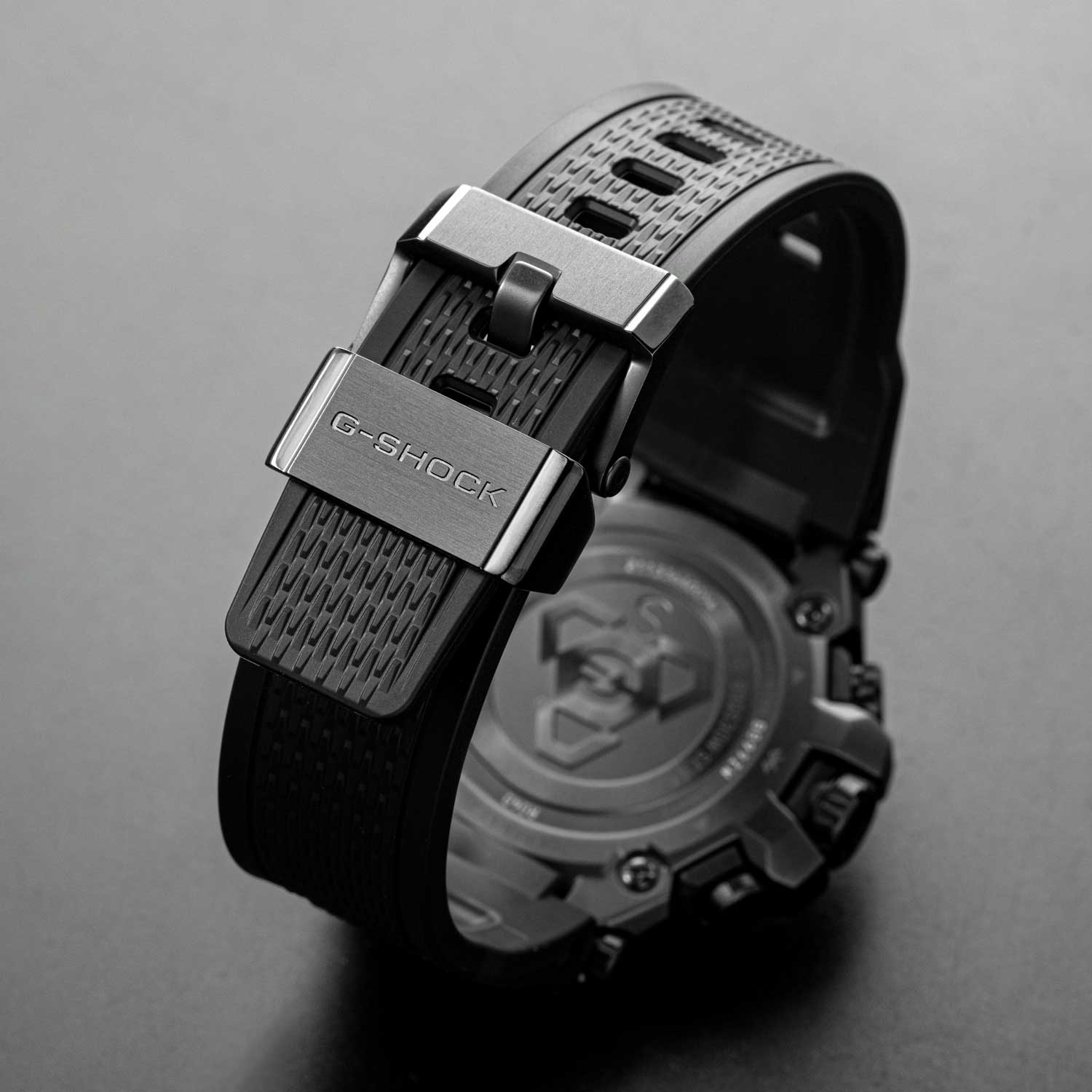
The all-black model comes with a resin strap and brushed stainless steel pin buckle and keeper. (image: Revolution)
Casio is never sitting still — continually pushing innovation and providing value, especially for its highest-end models, for old and new fans alike. All thanks to dedicated individuals like Mr. Nakatsuka and Mr. Hamaue who, through their dogged problem-solving and out-of-the-box thinking, have developed the best MT-G G-SHOCK yet.
Tech Specs
CASIO G-SHOCK MTG-B3000
Ref: MTG-B3000B-1A (black), MTG-B3000BD-1A (red), MTG-B3000BD-1A2 (green)
Movement: Slim quartz module; about 18 months continuous operation with power saving function ON after full charge (Tough Solar power system)
Functions: Hours, minutes, dual time, day, date, radio-controlled time adjustment, stopwatch, countdown timer, Smartphone Link via Bluetooth, auto home time hand position correction, alarm, battery level indicator, full auto calendar, Super Illuminator
Case: 51.9 x 50.9 x 12.1mm; resin and stainless steel; water resistant to 200m
Dial: Black; black with red or green accents; Super-LumiNova filled hour markers and hour and minute hands
Strap: Resin strap with stainless steel pin buckle; resin and stainless steel bracelet with ion plating
Price: SGD 1,599 (MTG-B3000B-1A); SGD 1,699 (MTG-B3000BD-1A and MTG-B3000BD-1A2)
Availability: All G-SHOCK stores and online at https://gshock.casio.com/sg/ from June 2022
Learn more about the MTG-B3000 here.










